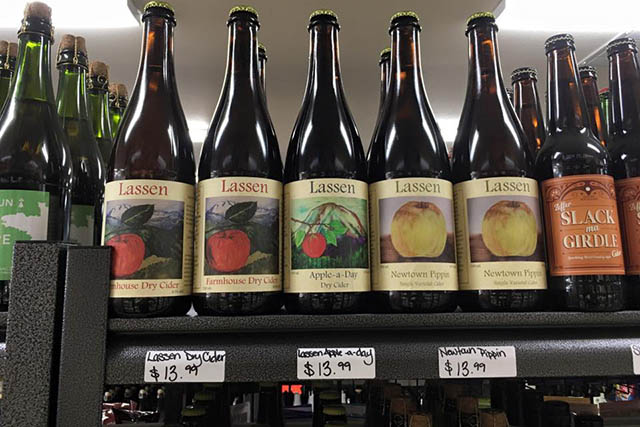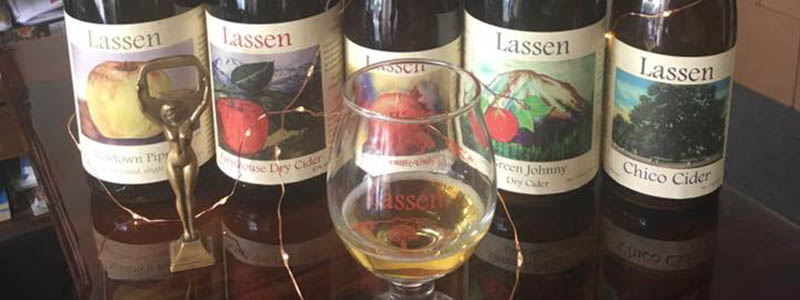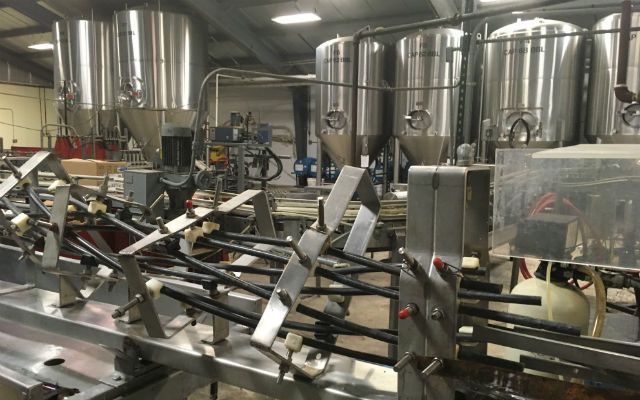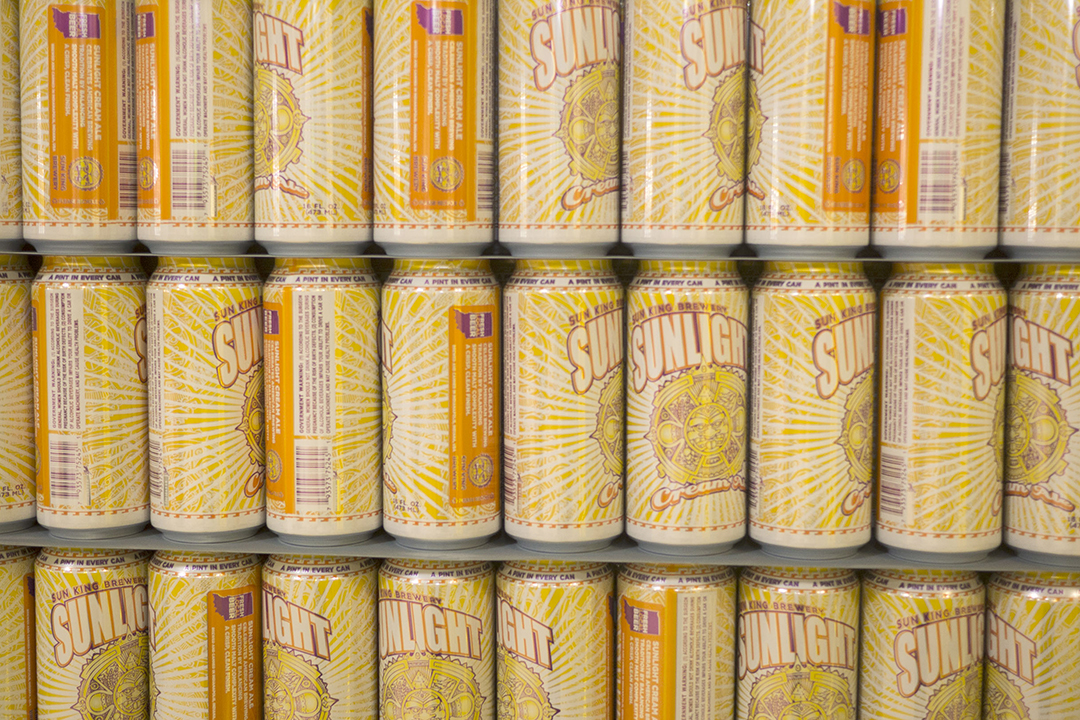
Ben Nielsen said that education for selling high quality, artisanal, orchard-based cider is a never ending, daily struggle.
“Most people are generally not aware of cider outside of the typical mass produced, widely available ciders, what I’d refer to as cider coolers,” the founder of Lassen Traditional Cider said. “For me, urban markets have proven to be superior. I think just having a more dense population, along with people who have lived in other places in the world where cider is more popular.”
If Nielsen walks in somewhere and all the beer or cider they have is what you see at any grocery or convenience store, he usually will just turn around and walk out.
“If I see that they carry some unique, quality beer or a couple artisanal ciders, I will approach them,” he said.
He regularly hears how Lassen Cider reminds people of cider from Europe.
“I think my cider appeals to more ‘foodie’ oriented folks who appreciate unique, quality products,” he said.
Most of those kinds of consumers tend to reside in cities, which make it harder for a cidery like his to sell to rural markets.
“Buyers/owners/managers of bars/restaurants/taprooms in smaller markets usually light up when I tell them that’s it made with local apples, but then they balk when they see the wholesale price,” he said. “[They] compare it to mass produced cider because to them cider is cider, regardless of where the apples come from. It seems difficult to really hammer in how what I’m doing is different.”
The perception of cider by some consumers is that it’s sweet, which Nielsen tends to educate consumers and cider buyers on.
“I usually emphasize that mine is dry,” he said. “A lot of people say they don’t usually drink cider because it’s too sweet. I think emphasizing that I press my own apples harvested from regional orchards is key.
“I like to differentiate myself from beer in this regard, as hardly any beer is made from regional, let alone local products. Not a lot of brewers even know where their barley is grown. I usually have to mention that most other cheaper ciders are for the most part made from bulk commodity apple juice, concentrates, flavorings, and added sugar.”
Persistence seems to be key, Nielsen noted.
“I generally do three strikes and you’re out, then I stop bugging them,” he said. “But every once in a while, I get the courage to try a fourth time, a fifth time, and it finally works out that they bring my product into their establishment.”




Be the first to comment